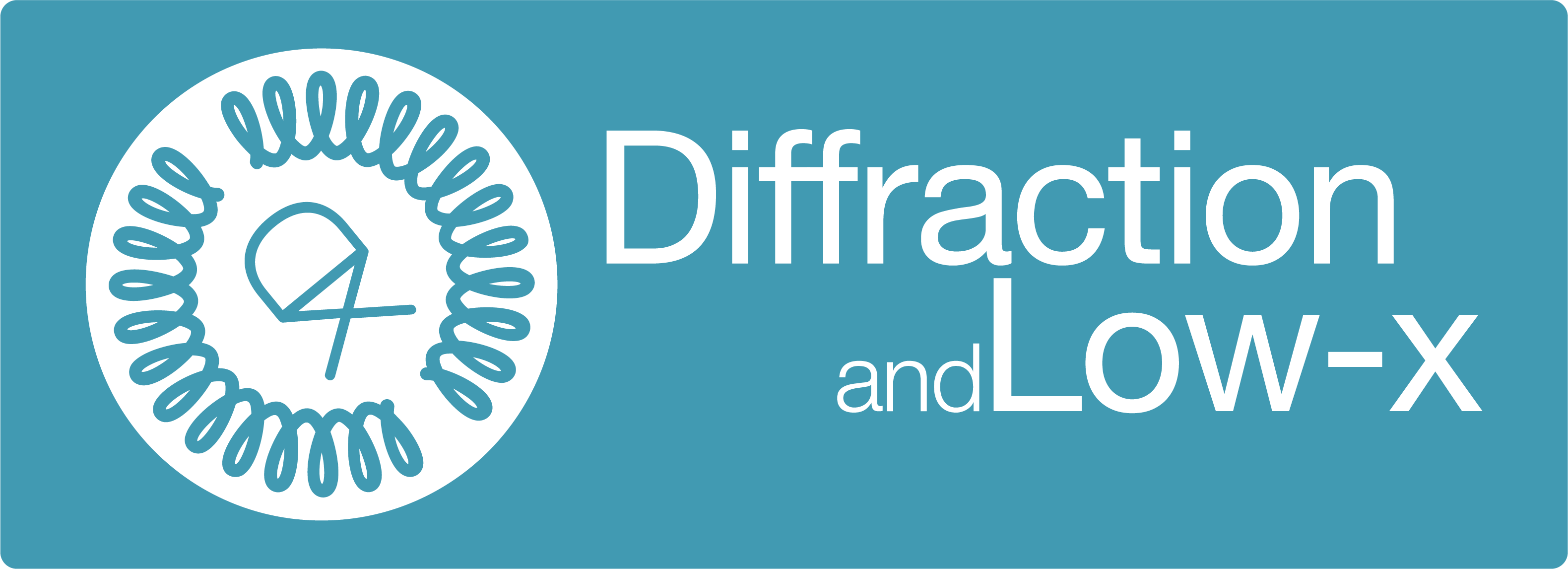Speakers
Description
Till recently, light-by-light scattering ($\gamma \gamma \to \gamma \gamma$) was not accessible for experiments because the corresponding cross section is relatively low. Measurements of diphotons in ultra-peripheral collisions (UPCs) of lead-lead nuclei have been reported recently by the ATLAS and CMS Collaborations. Our theoretical results [1] based on the equivalent photon approximation in the impact parameter space agree with the current data.
We will discuss extending studies to lower $\gamma\gamma$ energies where photoproduction of pseudoscalar and scalar resonances contributes to the final two-photon state. In addition, we consider the dominant background that arises from $\gamma\gamma$ fusion into pairs of neutral pions. Such $\pi^0$-pairs contribute to the background when only two of the four decay photons are within the experimental acceptance, and the other two photons escape undetected. We will discuss in detail how to reduce the unwanted background.
We will present differential distributions and total cross section in ultra-peripheral Pb-Pb collisions at $\sqrt{s_{NN}}=5.05$ and $5.52$ TeV and cross section for Ar-Ar collisions at the energy equal to $6.3$ TeV [3]. Results for ALICE, ATLAS, CMS and LHCb acceptance will be presented.
We will also try to elaborate on the possibility of measuring two photons in the forward/backward rapidity range with very small cut on the photon's transverse momentum, i.e. $p_{t,\gamma}>1$ GeV. It will be shown that FoCal (ALICE) and other LHC forward detectors provide opportunity to study processes that are not identified in more central areas of rapidity. Predictions [4] indicate the importance of higher order mechanisms such as two-gluon exchange [2] or the VDM-Regge model.
References:
1. M. Klusek-Gawenda, P. Lebiedowicz and A. Szczurek,
Light-by-light scattering in ultraperipheral Pb-Pb collisions at energies available at the CERN Large Hadron Collider,
Phys. Rev. C93 (2016) 044907,
2. M. Klusek-Gawenda, W. Schaefer and A. Szczurek,
Two-gluon exchange contribution to elastic $\gamma \gamma \to \gamma \gamma$ scattering and production of two-photons in ultraperipheral ultrarelativistic heavy ion and proton-proton collisions,
Phys. Lett. B761 (2016) 399,
3. Z. Citron, M. Klusek-Gawenda, et al.,
Report from Working Group 5: Future physics opportunities for high-density QCD at the LHC with heavy-ion and proton beams,
CERN Yellow Rep. Monogr. 7 (2019) 1159-1410
4. M. Klusek-Gawenda, A. Szczurek, paper in preparation




